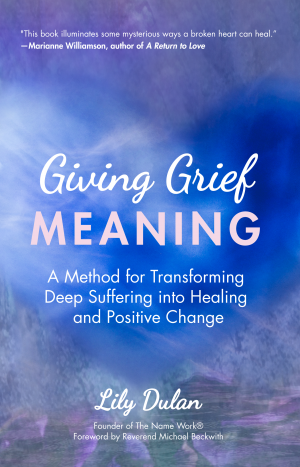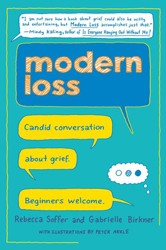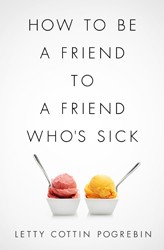This gripping book will appeal both to readers who have just lost a loved one, and those who have ever lost a loved one.
Rabbi Lamm points out that everyone’s mourning experience is unique, but certain elements of suffering are common — numbness; weeping; unraveling; anger; feeling abandoned, alone or afraid. He illuminates the characteristics of these varieties of suffering and the wounds they inflict. Drawing on Biblical references and Jewish law, Lamm explains certain insights that he sees as essential to healing, such as the growing awareness that grieving individuals have that we cannot not grieve. “Mourning may be postponed but it will not be denied,” Lamm writes.
The book contains a beautifully crafted description of shiva, perhaps the most meaningful time in a mourner’s transitional journey. “Within the compressed experience of shiva and within the invulnerable shield of our homes, we can recover our bearings and reformulate our lives,” writes Rabbi Lamm. He compares “Habitat Shiva” to a Sukkah; both are only temporary shelters.
Again and again Lamm points out the Torah’s invaluable lessons for dealing with the mourner’s most profound issues. He notes that on the one hand, the Torah calls the mourner “Avel,” which means “withdrawing”: the Torah clearly understands the mourner’s need for solitude. But on the other hand, the Torah instructs friends and neighbors of the mourner to go to his house to relieve his solitude. This shows that the tradition says that mourners need to have other people with whom to share their burden, to draw them out, to listen, and not to be left in solitary confinement.
Rabbi Lamm provides wonderful insights into the many rituals associated with the death of a loved one, such as Keriah (the tearing of clothes), the other elements of the funeral ceremony, the covering of mirrors in the house of mourning during shiva, and the Kaddish prayer.
For me the highlight of this book is the seventh chapter, “Man Comforts, G‑d Consoles.” Lamm states, “Jews affirm this very idea through the formula they recite when they leave a house of Shiva: ‘May G‑d comfort you among the mourners.’”
There are do’s and dont’s for providing comfort to mourners, such as: Do speak of the departed, bring up the good things that he/she did. One who is providing comfort should not dwell on his/her own mourning experiences. This might appear to belittle the grief of the newly bereaved. In chapter ten, Lamm discusses spirituality. “Awound inflicted by the breach of death does not cause pain that is mitigated by chemicals, it causes suffering that needs to be healed by the spiritual insights unlocked by our traditions which address the anguish of the bereaved.”
At the conclusion of the reading of this chapter, I think the reader should pause and put the book down. The rest of the book can be gone through if and when the reader wishes to consider such topics as: “The World Beyond the Grave;” “Making a Future;” and “Words for a Loss.”
I would highly recommend this book to anyone who has suffered a loss and to those who wish to gain an understanding of the emotions and rituals involved in the Jewish way of grieving.
Related Content
Gene B. Kaufman is the Executive Director of the Sinai Memorial Chapel, San Francisco.





